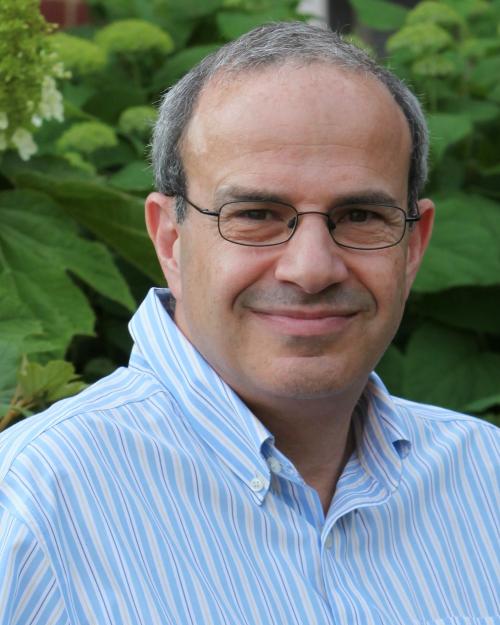Nathan Seiberg, professor in the School of Natural Sciences at the Institute for Advanced Study, will explore string theory and other aspects of scientific progress in the 2025 Hans Bethe Lecture, “What Happens at Shorter Distances?” His talk will take place at 7:30 p.m. Nov. 19 in Schwartz Auditorium, Rockefeller Hall.
Seiberg’s lecture will explore how scientific progress often moves in two directions: probing deeper into nature’s fundamental laws at shorter distances and uncovering new consequences of those laws at larger scales. Seiberg will illustrate this two-way approach with examples from different branches of science and discuss how string theory may reshape this paradigm.
Seiberg is known for his contributions to string theory, quantum field theory, particle physics and condensed matter physics. His solutions of theories have uncovered insights into the fundamental role of electric-magnetic duality in quantum field theories, along with many applications in physics and mathematics. His recent work focuses on the role of dualities, symmetries and anomalies in systems of interest in condensed matter physics.
“Professor Seiberg has made seminal contributions to quantum field theory, the modern theory of matter and particles,” said Thomas Hartman, professor of physics in Cornell’s College of Arts & Sciences. “His work impacts many different areas of fundamental physics. In the public Bethe lecture, he will explain how physicists use field theory to study such diverse phenomena.”
Seiberg earned his Ph.D. in 1982 from the Weizmann Institute of Science and held faculty positions there and at Rutgers University before joining the Institute for Advanced Study. He’s received the MacArthur Fellowship, the Oskar Klein Medal, the Dannie Heineman Prize for Mathematical Physics, the Breakthrough Prize in Fundamental Physics and the Dirac Medal. He is a member of both the American Academy of Arts and Sciences and the National Academy of Sciences.
Seiberg has provided exact solutions to complex theories, revealing insights such as the role of electric-magnetic duality in quantum field theories. His research continues to influence physics and mathematics, with recent work examining dualities, symmetries and anomalies in condensed matter systems.
As part of the Hans Bethe Lecture series, Seiberg will give a physics colloquium, “Quantum Field Theory, Separation of Scales, and Beyond,” Nov. 17 at 4 p.m. in Room 201, Rockefeller Hall, and an F.R. Newman Laboratory for Elementary-Particle Physics joint seminar, “Anomalous Continuous Translations,” Nov. 18 at 4:30 p.m. in Room 401, Physical Sciences Building.
Established in 1977, the Bethe Lecture commemorates Hans Bethe’s transformative impact on Cornell and the field of physics. Bethe, who joined Cornell in 1936, conducted research across fields as diverse as the quantum theory of solids and the nuclear processes that power the sun, winning the Nobel Prize in 1967.






